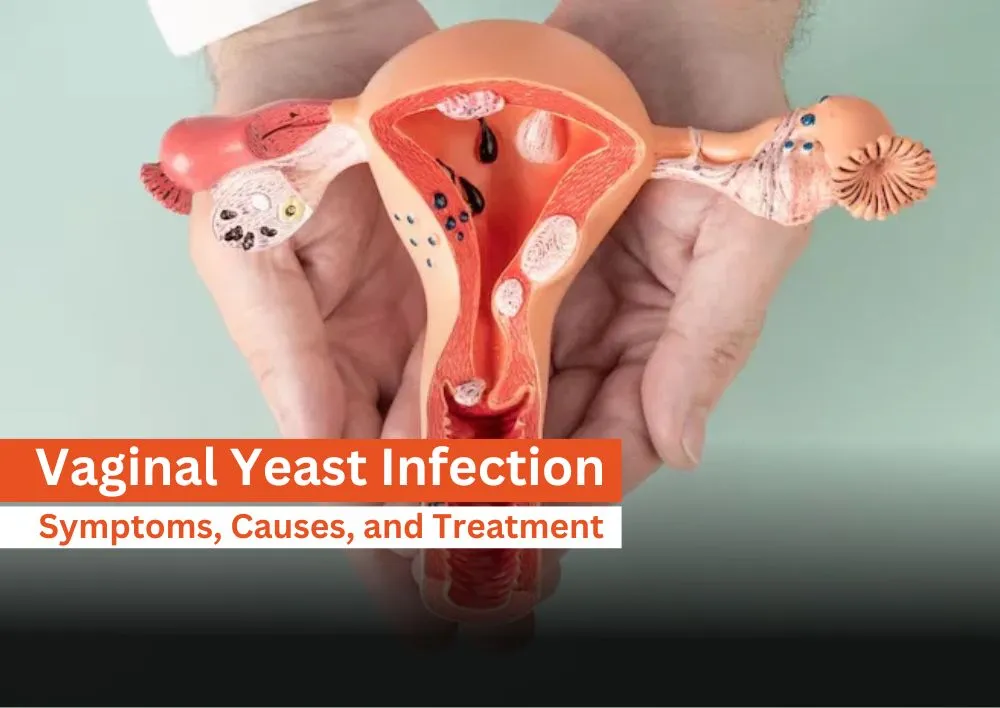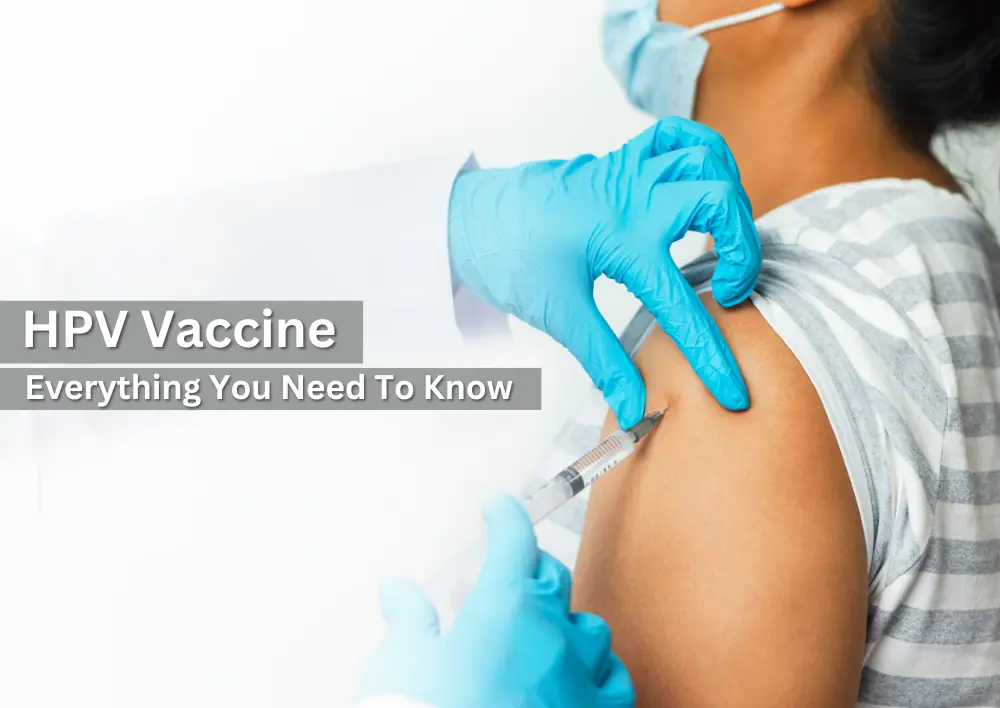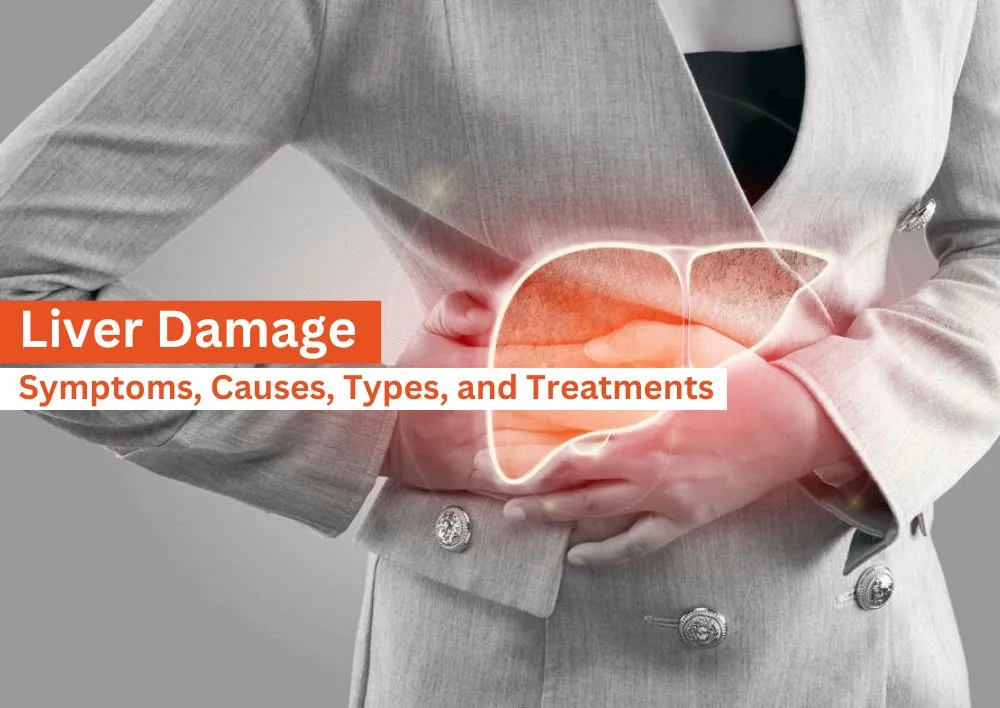Vaginal Yeast Infection: Symptoms, Causes and Treatment

- Overview
- What is a Vaginal Yeast Infection?
- Why is Yeast Infection More Common in Summer?
- What are Vaginal Yeast Infection Symptoms?
- How to Treat Yeast Infection in Vagina?
- Vaginal Yeast Infection Treatment at Home
- How to Prevent Vaginal Yeast Infection?
- When to Consult a Gynaecologist For Medical Help?
Summary: Vaginal yeast infections are more common during hot and humid weather, often triggered by excessive sweating, tight clothing, and prolonged moisture exposure. Typical symptoms include itching, burning, and thick white discharge. Depending on the severity, treatment may involve antifungal medications or natural remedies like probiotics and coconut oil. Practicing good hygiene, choosing breathable fabrics, and avoiding harsh products can help prevent recurring infections.
Overview
Feeling discomfort down there during the hot months? Summer’s heat and humidity can do more than cause sweating and dehydration, they also create the perfect environment for vaginal yeast infections. The warm, moist conditions, coupled with tight clothing, excessive sweating, and frequent trips to the pool, can disturb your vaginal balance and lead to itching, burning, and discharge. In this blog, we will explore why vaginal yeast infections are more common in summer and how you can stay protected.
What is a Vaginal Yeast Infection?
According to the renowned gynecologist doctor in Gurgaon, a vaginal yeast infection happens when there's an overgrowth of Candida albicans, a yeast that usually lives in the vagina in small amounts. When the natural balance is disturbed, this yeast multiplies, causing irritation, unusual discharge, and discomfort.
Why is Yeast Infection More Common in Summer?
Summers can increase your risk of a yeast infection due to:
-
Excessive sweating around the vaginal area.
-
Wearing tight, non-breathable clothing like synthetic underwear or gym wear.
-
Frequent swimming
-
Staying in wet swimwear for long periods.
-
Use of harsh soaps or douches.
-
Hormonal changes or antibiotic use.
These factors can change your vaginal pH and reduce the presence of good bacteria, allowing yeast to grow.
What are Vaginal Yeast Infection Symptoms?
Common signs of a vaginal yeast infection include:
-
Itching and irritation in the vaginal area
-
Burning sensation during urination or intercourse
-
Thick, white, clumpy vaginal discharge
-
Redness and swelling of the vulva
-
Soreness or discomfort
If you notice any of these symptoms, consult the best gynae doctor in gurgaon for a proper diagnosis.
How to Treat Yeast Infection in Vagina?
Vaginal yeast infections can be uncomfortable, but they are treatable! With the right approach, most infections clear up quickly, and relief from symptoms comes within a few days.
1. Antifungal Medications
These are the most common and effective treatments. They come in several forms:
-
Creams, ointments, or suppositories inserted into the vagina.
-
Oral antifungal tablets like fluconazole.
-
Your doctor will guide you on the best option depending on your symptoms and health history.
2. Over-the-counter (OTC) Treatments
For mild infections, OTC antifungal creams or suppositories available at pharmacies may help. However, it is always better to confirm the diagnosis before self-treating, as symptoms can imitate other conditions.
3. Prescription Treatments
If your infection is severe, recurrent, or not responding to OTC meds, your gynecologist may prescribe:
-
A stronger dose of oral antifungal medication
-
A longer course of vaginal treatment
-
Weekly or monthly maintenance therapy, if infections keep coming back.
Vaginal Yeast Infection Treatment at Home
Mild vaginal yeast infections can sometimes be managed at home using simple remedies and lifestyle changes. While these methods may help relieve discomfort, it is important to see a doctor if symptoms persist or worsen.
1. Probiotic-Rich Foods
-
Yogurt with live cultures help restore healthy bacteria in the vagina.
-
Eating probiotic-rich foods (like curd, kefir, or fermented vegetables) supports overall vaginal health.
2. Coconut Oil
-
Known for its antifungal properties, applying a small amount of organic coconut oil around the vaginal area may offer temporary relief from itching.
-
Make sure to use only pure, unrefined coconut oil.
3. Cold Compress
Placing a cold compress or an ice pack wrapped in a clean cloth on the affected area can help soothe itching and reduce swelling effectively.
4. Good Hygiene
-
Gently wash the area with warm water.
-
Avoid using harsh soaps or douches.
-
Keep the area dry and change out of wet or sweaty clothes immediately.
5. Avoid Scented Products
Stay away from scented pads, soaps, sprays, and fabric softeners that can irritate the vagina.
How to Prevent Vaginal Yeast Infection?
Prevention starts with small everyday habits. By making a few simple changes, you can lower your risk of developing a yeast infection and maintain good vaginal health.
1. Keep the Area Clean and Dry
-
Gently cleanse your vaginal area with warm water, a mild and unscented soap.
-
Avoid using harsh soaps, douches, or scented feminine products, as they can affect the natural pH balance.
-
After bathing or swimming, change out of wet clothes quickly to prevent moisture build-up.
2. Wear Breathable, Cotton Underwear
-
Choose loose-fitting cotton underwear to allow airflow.
-
Avoid tight synthetic clothing or pantyhose that trap heat and moisture.
3. Practice Good Hygiene
-
To reduce the risk of infections, make sure to wipe from front to back after using the toilet, this helps prevent the transfer of bacteria to the vaginal area.
-
Change sanitary pads and tampons regularly during periods.
-
If using liners or panty shields, change them frequently to stay dry.
4. Maintain a Healthy Diet
-
Reduce your sugar intake, as excess sugar can encourage the growth of yeast and increase the risk of infection.
-
Include probiotics like yogurt or fermented foods in your diet to maintain a healthy vaginal flora.
5. Avoid Unnecessary Antibiotic Use
Take antibiotics only when prescribed by a doctor, as they can disrupt the balance of healthy bacteria and increase the chances of a yeast infection.
6. Manage Medical Conditions
If you are diabetic, keep your blood sugar levels under control. High glucose can feed yeast and increase infection risk.
7. Change Out of Workout Clothes Promptly
After exercising, change into dry clothes to avoid prolonged moisture exposure.
8. Avoid Scented Feminine Products
Scented pads, tampons, or sprays can disrupt the natural balance of bacteria in your vagina.
When to Consult a Gynaecologist For Medical Help?
Don’t ignore ongoing or recurrent symptoms. Visit a gynecologist if:
-
You have your first yeast infection.
-
You are pregnant.
-
Symptoms don’t improve within a few days.
-
You get infections more than 4 times a year.
Conclusion:
Vaginal yeast infection can be uncomfortable, but they are also very common, especially in the hot and humid months. The key is knowing what triggers them, spotting the symptoms early, and taking the right steps to treat and prevent them. With simple lifestyle changes and timely care, you can stay healthy, fresh, and infection-free all summer. If you are experiencing continuous discomfort or recurrent infection in your vaginal area, don’t wait; get expert advice. Consult a gynaecologist near you at Miracles Healthcare for personalized treatment and lasting relief.
Frequently Asked Questions
No, vaginal yeast infections are not typically contagious or spread through sexual contact, but they can sometimes be passed between partners.
With proper treatment, most vaginal yeast infections clear up within 3 to 7 days.
Mild cases may resolve without treatment, but it’s best to consult a doctor to avoid complications or misdiagnosis.
Recurrent infections can be caused by hormonal changes, antibiotic use, uncontrolled diabetes, or poor hygiene habits.




_in_Pregnancy.webp)







Was the information useful?
0 0